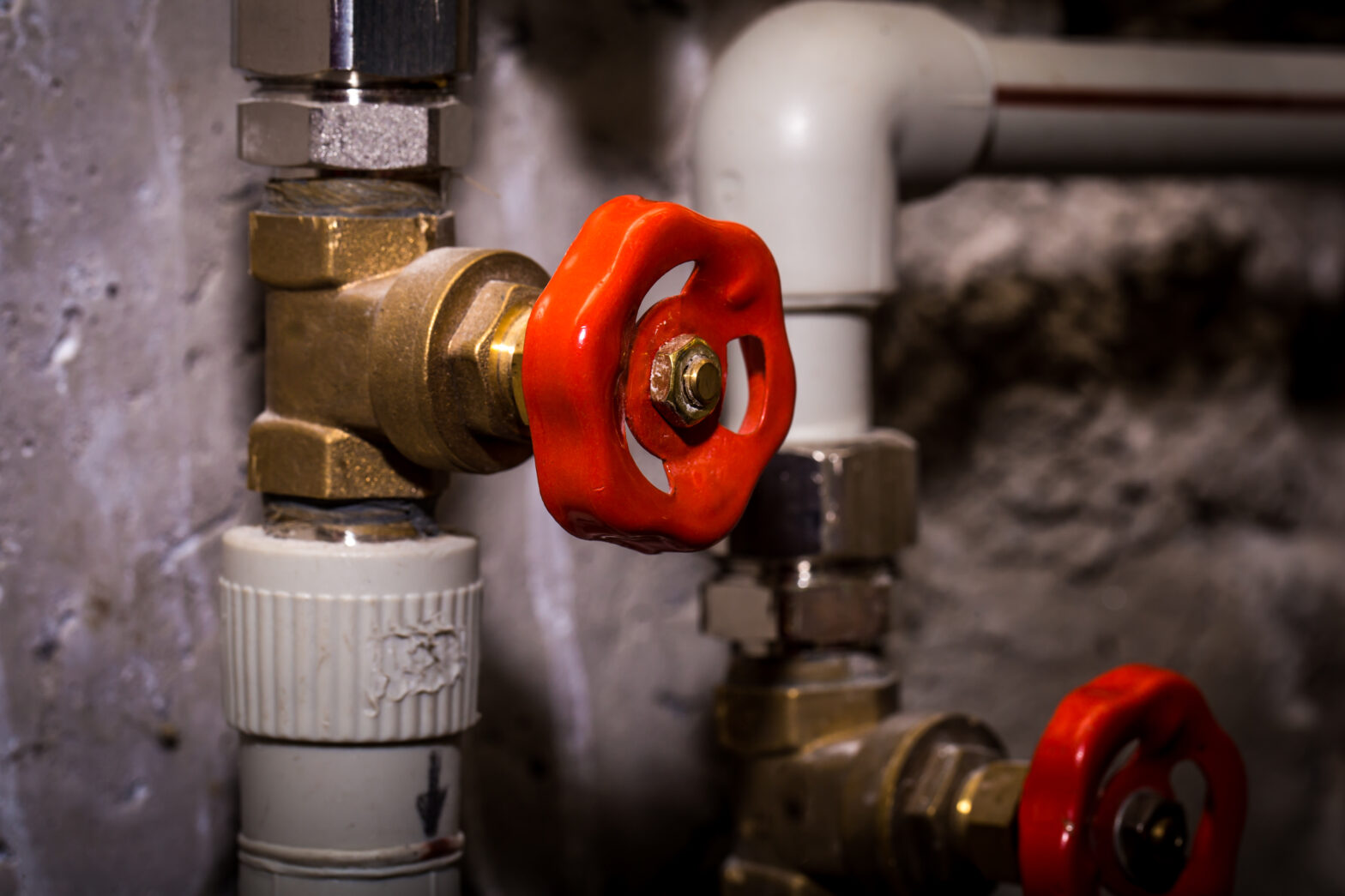Basement flooding remains one of the most damaging and expensive problems property owners face in the Greater Toronto Area. During heavy rainfall or rapid snowmelt, overloaded sewer systems can send water backward into basements. Home sewer backflow prevention is a necessary safeguard to protect structures, belongings, and long-term property value.
When municipal sewer systems become overwhelmed, excess water searches for escape routes, often finding weak points in household plumbing systems. Without adequate protection, basements are exposed to significant flood risks. Investing in home sewer backflow prevention strategies minimizes the chances of property damage and the costly aftermath that follows.
Causes of Basement Flooding Related to Sewer Systems
Several sewer-related factors contribute to basement flooding. During major storms, blocked or overloaded city sewer lines push wastewater backward through household pipes. Aging infrastructure across many neighborhoods increases vulnerability, with cracked or deteriorating pipes exacerbating backflow risks. Improper drainage grading around homes can funnel water toward foundations, creating pressure that forces sewage into basements through floor drains, sinks, or toilets.
Tree roots, grease buildup, and sediment deposits can also block sewer laterals connecting homes to the main municipal line. Without home sewer backflow prevention measures, these conditions create direct pathways for flooding events.
How Backwater Valves Prevent Basement Flooding
Installing a backwater valve acts as a mechanical barrier against reverse water flow. This device allows wastewater to exit the home and enter the municipal system but automatically closes if water attempts to flow back toward the house. A backwater valve installation helps maintain basement dryness even during intense storms or sudden sewer surcharges by physically blocking sewer backflow.
A properly installed and maintained backwater valve reduces pressure on internal plumbing fixtures and minimizes exposure to contaminated water. Flood prevention becomes more reliable when backwater valves are integrated into the plumbing system in areas prone to heavy rainfall or sewer overloads.
Assessing a Home’s Vulnerability
Assessing a home’s risk for sewer backflow begins with thoroughly inspecting the drainage and sewer connection systems. Property at lower elevations than street level, homes in flood-prone neighborhoods, and residences with older plumbing infrastructure tend to face greater risks.
In many municipalities, building codes mandate sewer backwater valve installation in new construction or major renovation projects.
However, existing homes may lack this safeguard, leaving basements exposed. A detailed evaluation by experienced plumbing professionals identifies whether a home would benefit from adding a backwater valve. It helps determine optimal installation points based on plumbing layout and property grading.
Best Practices for Sewer Backwater Valve Installation
Successful backwater valve installation depends on careful planning and execution. Plumbers typically locate the valve on the main sewer line where it exits the home. Proper positioning ensures full protection of all basement plumbing fixtures. Installation requires cutting into the floor slab, modifying existing piping, and setting the valve securely in place.
Attention to grading, valve orientation, and correct backfill around the device prevents operational issues. Municipal permits and inspections may be required to verify compliance with local building codes. Choosing high-quality materials and ensuring that installers have technical expertise directly impacts the valve’s performance over time.
The process typically involves temporarily shutting down household water systems, excavating access to the sewer connection, installing the device, and restoring surfaces afterward. Professional handling of every step improves the longevity and functionality of the sewer protection system.
Maintaining a Sewer Backwater Valve After Installation
After installation, ongoing maintenance preserves the protective function of a backwater valve. Homeowners should schedule regular inspections to confirm that the valve’s mechanical components remain debris or corrosion-free. Cleaning the valve at least once yearly helps prevent blockages that could impair its operation during heavy rainfall events.
Signs of malfunction, such as gurgling noises, slow drainage, or sewer odors inside the home, require immediate attention. Preventive maintenance ensures that the investment in home sewer backflow prevention continues delivering protection season after season. Avoiding neglect extends the valve’s lifespan and reduces the chances of emergency plumbing repairs.
In Conclusion
Protecting a home from basement flooding demands proactive action. Sewer backup valve installation provides a proven solution against the unpredictable dangers of overloaded municipal sewer systems. Property owners who install and maintain backwater valves reduce flood risk, safeguard valuable assets, and improve overall plumbing resilience.
For homeowners seeking proper sewer backup valve installation backed by careful workmanship, JA Plumbing Inc. offers custom solutions suiting the demands of Greater Toronto Area properties. Contact JA Plumbing Inc. today for a professional consultation and expert installation services.










